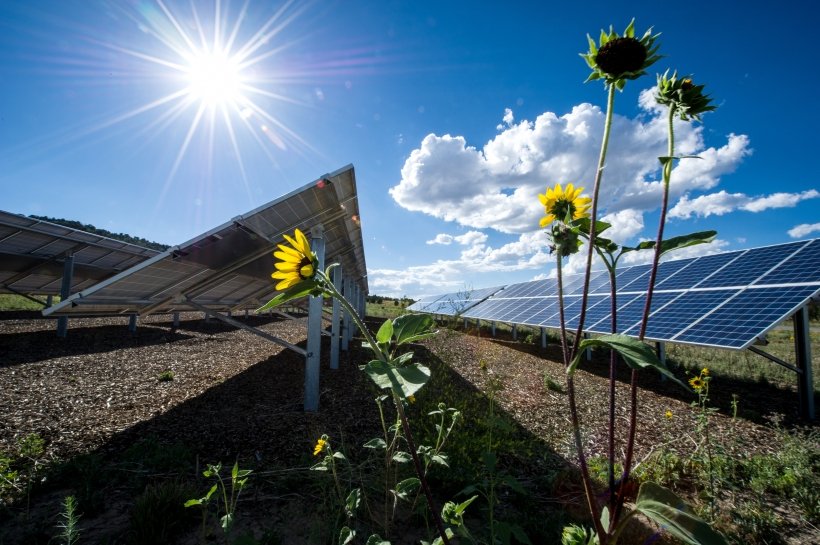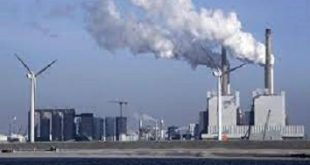Introduction
The energy environment in the United States has seen a dramatic change in recent years. The transition to sustainable energy sources, like hydroelectric, solar, and wind power, represents a significant shift in the way the nation meets its energy needs. The combination of increased environmental concerns, financial incentives, and technology breakthroughs is driving this transformation. The advent of renewable energy offers a promising route towards a cleaner, more resilient future as the United States struggles with the effects of climate change and the need for sustainable development.
Technological Developments Driving Expansion
The quick development of technology is one of the main reasons behind the rise of renewable energy in the United States. Over the past ten years, there has been a significant improvement in the efficiency of solar panels, which has made solar electricity more affordable and accessible for both household and commercial use. Future developments in solar materials, including perovskite cells, promise even higher efficiency.
Similar advances have been made in wind energy technologies. The possibility for wind farms in a variety of places is increased by the efficiency and lower wind speed capability of modern wind turbines. Another promising source of renewable energy is offshore wind turbines, which capture stronger and more reliable winds.
Financial Rewards and Employment Generation
There are significant financial advantages to renewable energy. A variety of incentives have been implemented by the federal and state governments to encourage the use of sustainable energy technologies. The expansion of solar and wind energy, respectively, has been greatly aided by the Investment Tax Credit (ITC) and Production Tax Credit (PTC). In addition to lowering the initial costs of renewable energy projects, these incentives promote investment and creativity in the industry.
Furthermore, the sector of renewable energy has grown to be a major employer. The solar and wind industries employ hundreds of thousands of Americans, and their rate of job growth continues to outperform that of other industries, according to the U.S. Department of Energy. These positions include several different functions, such as research and development, manufacture, and installation.

Advantages for the Environment and Health
Renewable energy has significant positive effects on the environment and human health. In contrast to fossil fuels, which emit damaging pollutants and greenhouse gases as they burn, renewable energy sources produce electricity with little effect on the environment. Since solar and wind energy don’t pollute the air or water, public health and air quality are enhanced.
In addition, switching to renewable energy is essential to reducing global warming. One of the main causes of global warming, which raises temperatures, causes extreme weather, and raises sea levels, is the use of fossil fuels. The United States can considerably lower its carbon footprint and support international efforts to mitigate climate change by switching to greener energy sources.
Possibilities and Difficulties
The switch to renewable energy is not without its difficulties, despite the encouraging trends. The intermittent nature of renewable energy sources is a major obstacle. Weather-related variations in solar and wind power can cause variations in the availability of energy. Innovations in energy storage technologies, like pumped hydro storage and lithium-ion batteries, are essential to solving this problem and guaranteeing a steady and dependable energy supply.
The requirement for modernised infrastructure presents another difficulty. In order to account for the scattered nature of renewable energy sources, the United States’ current grid infrastructure may need to be significantly modified. The grid was built for centralised power generation. To incorporate renewable energy into the current system, upgrades to the transmission infrastructure and investments in smart grid technology are necessary.
Future Prospects and Policy
The direction of renewable energy in the United States will be significantly influenced by federal and state legislation. The Biden administration has set high standards for increasing the production of sustainable energy and lowering greenhouse gas emissions. After being ratified in 2022, the Inflation Reduction Act has provisions for increasing tax incentives for renewable energy and financing technological development.
Initiatives at the state level are also encouraging innovation and the use of renewable energy. Aggressive renewable energy objectives and investment plans have been enacted by states like California, Texas, and New York, setting an example for other regions.
The United States has a bright future for renewable energy thanks to ongoing technological developments, legislation that supports them, and rising public awareness of the shift. The advantages of renewable energy will go beyond environmental conservation as the nation transitions to a more sustainable energy future. They will also promote economic growth and improve public health.
In summary
An whole new direction towards a more resilient and sustainable energy system is marked by the growth of renewable energy in the US. With its continued technological innovation, favourable tax laws, and dedication to combating climate change, the United States is ideally positioned to spearhead the world’s shift to clean energy. Even if there are still obstacles to overcome, government, business, and the general people must work together to make a future where renewable energy is the primary source of energy for the country a reality.





